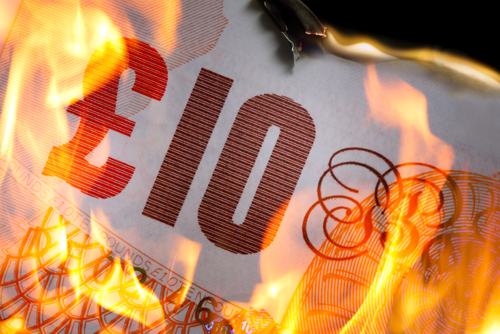Household Bills
Big Six increase profits by 1000 per cent in 5 years

Energy suppliers are making ten times the profits from each customer that they were making five years ago, a new study has exposed.
According to figures released by the Competition and Markets Authority (CMA), eight years ago the Big Six made £2.31 per customer for each fuel type; two years ago, this figure had increased more than tenfold, to £23.71 per fuel type. Dual fuel tariff profits rose from £1.32 to £48.16 per household in the same period, a staggering increase of 3,555 per cent. Research by Ofgem suggest that profit margins have increased yet further in the past year, and are set to rise to an average of £110 per household over the next 12 months.
The CMA is currently investigating the profits of the Big Six, and has found that energy giants all make more money from customers on variable tariffs than those on fixed; similarly, variable tariff customers are much more likely to have not switched suppliers in the past five years – if ever. The new figures demonstrate that between 2011 and 2014, the Big Six made 12 per cent more per unit for electricity and 13 per cent for gas for those on standard variable tariffs than customers on fixed or other deals. These revelations confirm similar exposures by the CMA last month, which indicated that long-standing customers are consistently overcharged by suppliers – and that 95 per cent of dual fuel customers could have saved hundreds annually if they’d switched provider at any point in the last five years.
In written evidence submitted to the CMA inquiry, suppliers claimed that serving variable customers can be more expensive than serving fixed customers – but the CMA has expressed doubt about the industry’s explanation in a statement issued today; “’while the costs to serve may be higher for variable tariff customers than for fixed tariff customers, the size of the differences in gross margins would mean that the costs to serve variable tariff customers would likely need to be significantly higher than for fixed tariff customers to explain fully the higher gross margins that we found for standard variable tariff customers.”